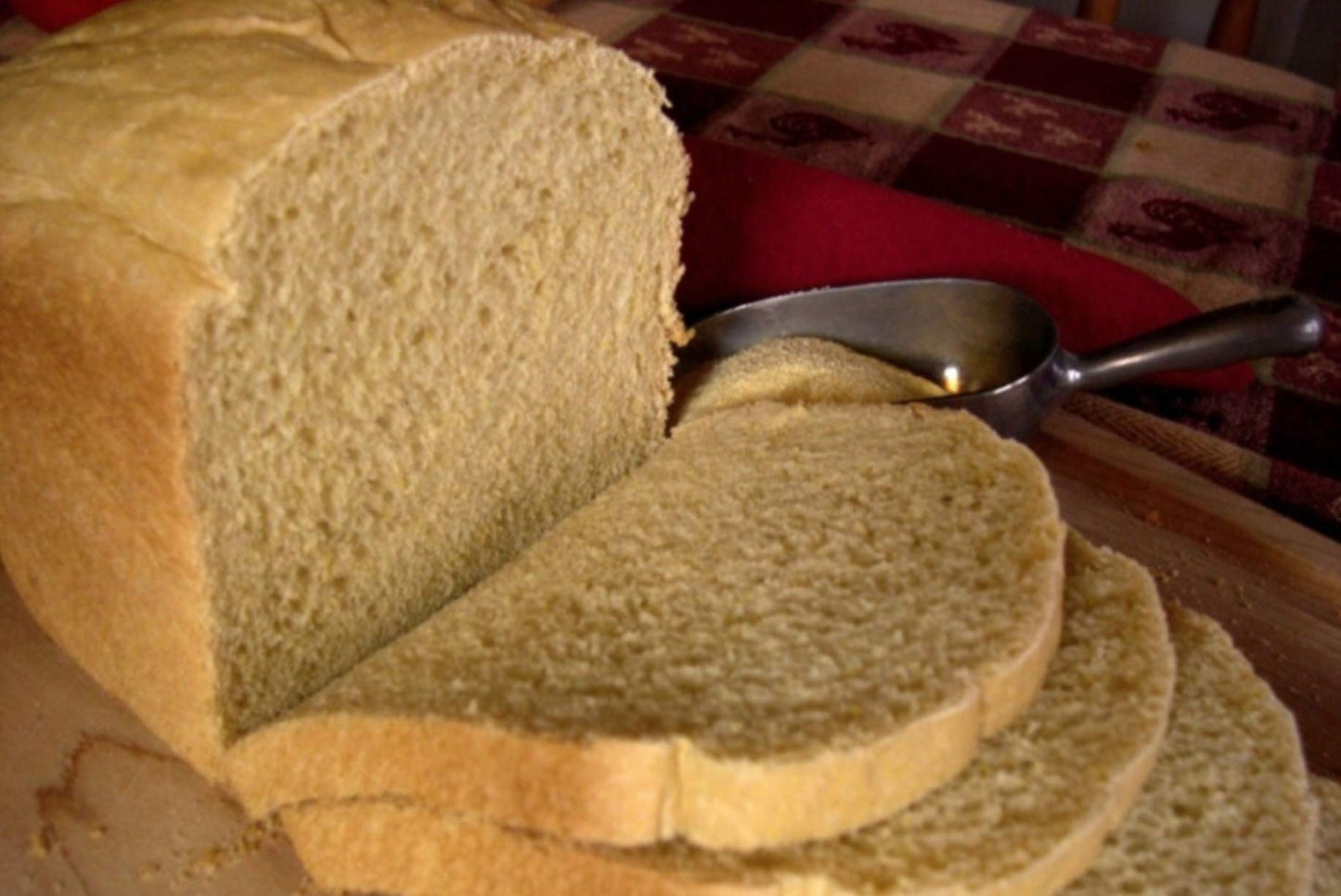You will not be allowed to compare more than 4 products at a time
View compareProduct Description
Enjoy This Heritage Bread Made Hearty With A Bit Of Corn And Just A Touch Of Molasses. It Makes Wonderful Sandwiches And A Great Crunchy Toast. Suitable For Your Bread Machine. You Really Ought To Try This Anadama Bread! Each Mix Makes A Large Loaf--Nearly Two Pounds. Saf Yeast Packet Is Enclosed. You Provide Only Water And Butter/Oil. Directions And Tips For Perfect Bread Are Included. You Can Make This Bread In Your Bread Machine, By Hand, Or With A Stand-Type Mixer. We'Ve Heard All Kinds Of Tales About The Origin Of Anadama Bread. Most Include A Story Of Anna, The Baker'S Wife, And A Little Profanity. I Don'T Think Anyone Knows. It Doesn'T Matter; It'S Great Bread.
Frequently Asked Questions
- Q: What is Anadama bread, and how is it different from other types of bread? A: Anadama bread is a traditional New England bread made with a combination of cornmeal and molasses, giving it a unique flavor and texture. Unlike other breads, Anadama bread is known for its hearty nature and is often enjoyed as toast or in sandwiches.
- Q: Can I use The Prepared Pantry Anadama Bread Mix in a bread machine? A: Yes, The Prepared Pantry Anadama Bread Mix is designed for both bread machines and traditional oven baking. Simply follow the included directions for best results, whether using a machine or baking by hand.
- Q: What ingredients do I need to add to the Anadama Bread Mix? A: To make Anadama bread using this mix, you will need to add only water and butter or oil. The package includes a SAF yeast packet, so you have everything necessary to create delicious bread.
- Q: How much bread does one pack of Anadama Bread Mix make? A: One pack of The Prepared Pantry Anadama Bread Mix makes a large loaf of nearly two pounds, perfect for sharing with family or for meal prep.
- Q: What tips are included for making perfect Anadama bread? A: The package includes detailed directions and tips for achieving perfect Anadama bread. One key tip is to measure your water temperature with a thermometer, as yeast is sensitive to temperature and can affect the final results.






